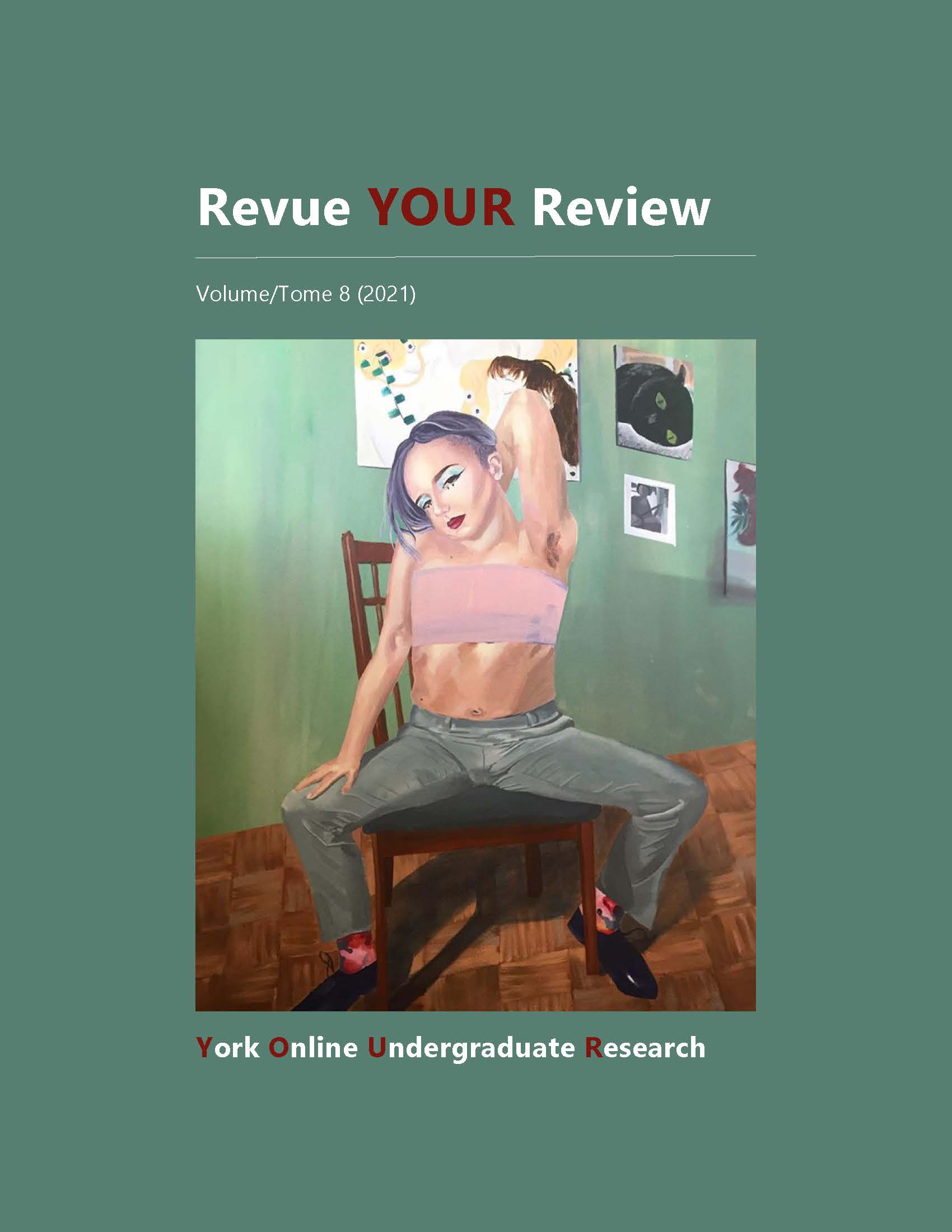An urban, ecological site analysis of Earl Bales Park
Abstract
This paper is part fieldwork, part storytelling, and part research and application of urban ecology theory in an actual physical space. The textbook Urban Ecology (2014), by Richard T.T. Forman, provides the backbone of urban ecological theory for this research. I expanded on Forman’s concepts by synthesizing environmental history work, local historical texts and maps, policy documents, contemporary news, and development documents. I've attempted to tell a story that merges local history, natural science, social science, and urban ecology as a whole, through my research and my own photographs from my field visits. I've outlined where and when the park lies in space and time, creating a geological and hydrological context. Using this, I hoped to create a timeline and ultimately better understanding of what and why the park is the way it is today—a conglomeration of multiple uses for Toronto's citizens. I narrowed in on an important concept in the field of urban ecology—balancing human urban development and managing ecological sustainability with regard to land use. My research and field work note a future development encroaching on the park lands, which will be a possible point of future research. This development could offer data points for a study of the effect of human densification in nearby urban park ecosystems. I also looked at the strengthening of a popular urban ecology element—wildlife corridors—and concluded that this park is a prime candidate for their implementation.
Downloads
Published
How to Cite
Issue
Section
License
LicenseAuthors contributing to Revue YOUR Review agree to release their articles under one of three Creative Commons licenses: Creative Commons Attribution 4.0 International; Creative Commons Attribution-NonCommercial 4.0 International; or Creative Commons Attribution-NoDerivatives 4.0 International. All editorial content, posters, and abstracts on this site are licensed under Creative Commons Attribution-NoDerivatives 4.0 International. For further information about each license, see:
https://creativecommons.org/licenses/
In all cases, authors retain copyright of their work and grant the e-journal right of first publication. Authors are able to enter into other contractual arrangements for the non-exclusive distribution of the e-journal's published version of the article (e.g., post it to an institutional repository or publish it in a book or in another journal), with an acknowledgement of its initial publication in this e-journal.


